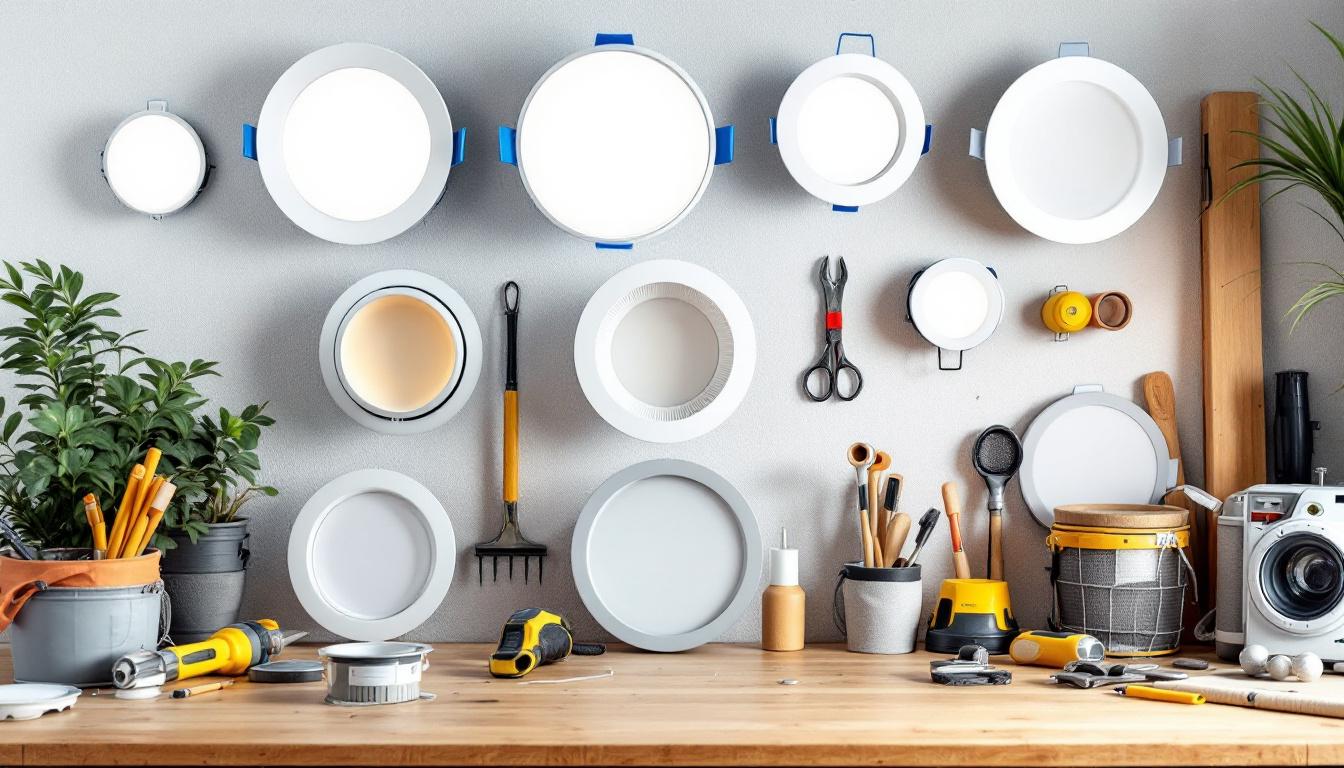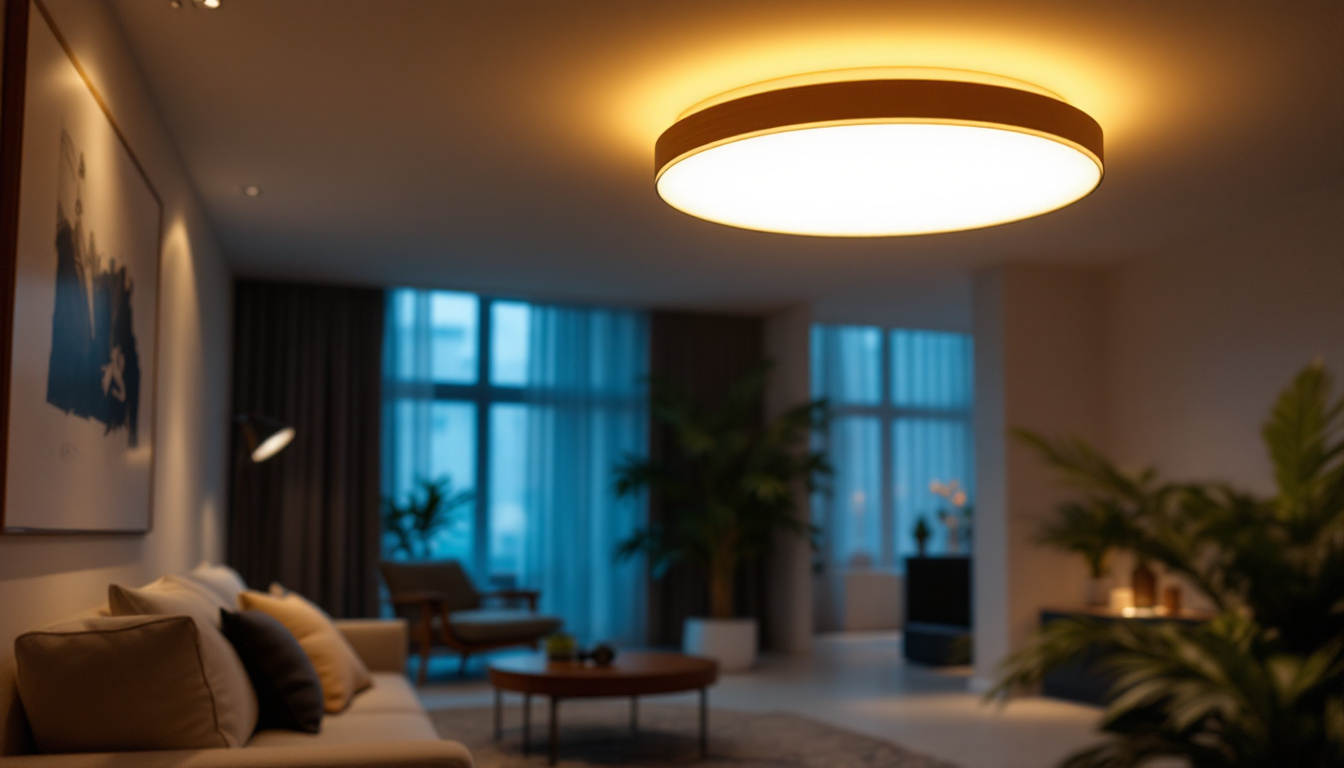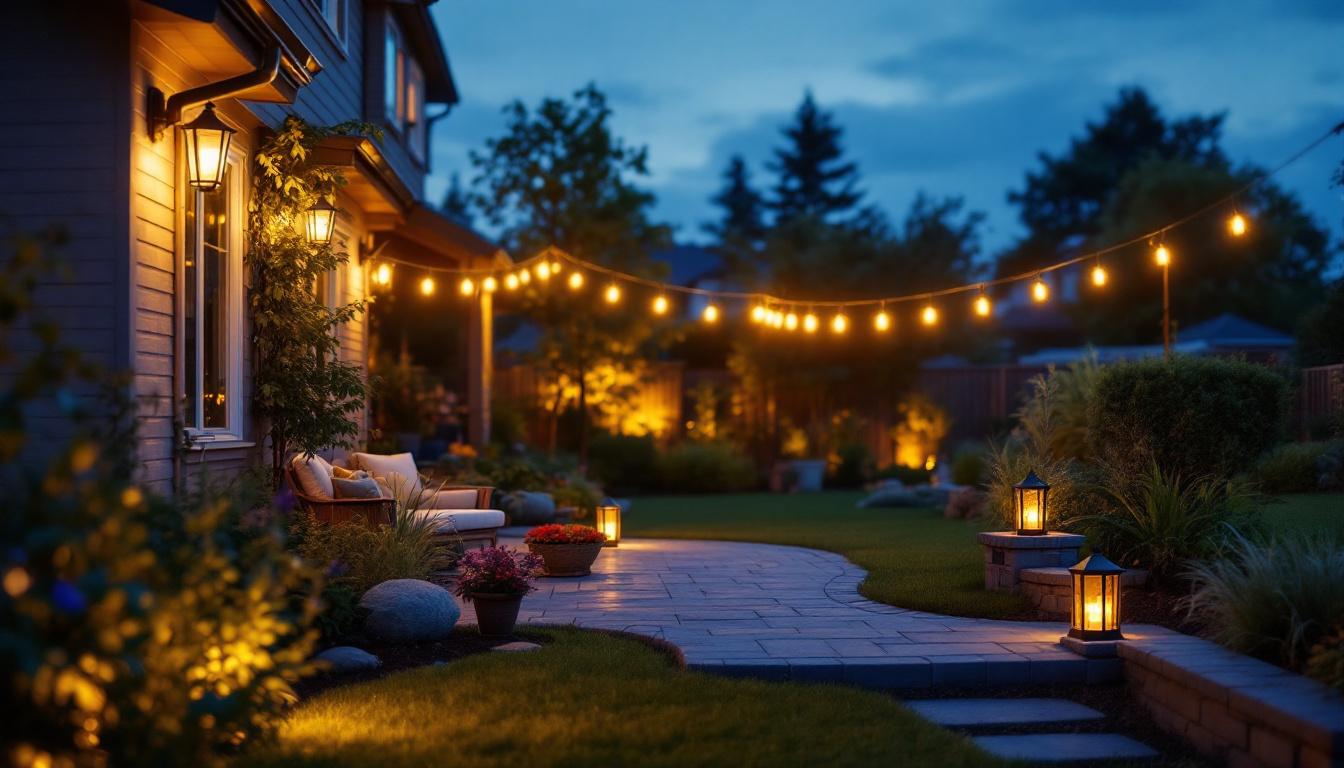
In the world of lighting installation, shop lights play a crucial role in providing effective illumination for various spaces. Particularly, 4-foot shop lights are popular among contractors due to their versatility, efficiency, and ease of installation. This article delves into the secrets that lighting contractors use to master the art of working with 4-foot shop lights, ensuring optimal results for their clients.
Before diving into the intricacies of installation and usage, it’s essential to grasp the fundamental aspects of 4-foot shop lights. These fixtures are commonly used in commercial and industrial settings, owing to their ability to deliver bright, even lighting across large areas. The versatility of these lights makes them suitable for various applications, from illuminating workshops and garages to enhancing visibility in retail spaces and warehouses.
There are several types of 4-foot shop lights available in the market, each designed for specific applications. The most common types include fluorescent, LED, and high-intensity discharge (HID) lights. Understanding the differences between these options is crucial for contractors when selecting the appropriate lighting solution for their projects. Each type has its unique advantages and disadvantages, which can influence the overall effectiveness and efficiency of the lighting system.
Fluorescent lights are traditional choices, known for their cost-effectiveness and availability. However, they have a shorter lifespan compared to LEDs, often requiring more frequent replacements. On the other hand, LED shop lights have gained immense popularity due to their energy efficiency, longer lifespan, and reduced heat output. This makes them not only a more sustainable option but also a safer choice, as they minimize the risk of overheating. HID lights, while less common in smaller spaces, are often used in large warehouses or outdoor settings due to their powerful illumination. Their ability to produce intense light makes them ideal for high-ceiling applications, where other light types may struggle to provide adequate coverage.
When selecting 4-foot shop lights, contractors should consider several key features that can impact performance and suitability for the intended space. These include lumen output, color temperature, and energy efficiency ratings. Additionally, factors such as fixture design, mounting options, and compatibility with dimming systems can also play a significant role in the overall functionality of the lighting solution.
Lumen output measures the brightness of the light, which is critical for ensuring adequate visibility in workspaces. Higher lumen ratings are particularly important in areas where precision work is performed, such as automotive shops or detailed assembly lines. Color temperature, measured in Kelvin, affects the ambiance of the environment; warmer temperatures (around 3000K) create a cozy atmosphere, while cooler temperatures (5000K and above) mimic daylight and enhance focus. This can be particularly beneficial in environments where employees need to maintain alertness and productivity. Energy efficiency ratings, such as the Energy Star certification, indicate how much energy the fixture consumes, which can significantly affect operating costs over time. Furthermore, the longevity of the light source contributes to reduced maintenance costs, making LEDs a wise investment for long-term projects.
Proper installation is vital for maximizing the effectiveness of 4-foot shop lights. Lighting contractors must be well-versed in various installation techniques to ensure that these fixtures operate at their best.
The placement of shop lights can dramatically influence the quality of illumination. When determining the right location, contractors should consider the layout of the space, the activities performed, and the existing natural light sources. For instance, in a workshop, lights should be positioned to minimize shadows and provide uniform lighting across work surfaces.
Additionally, it’s essential to avoid placing lights too close to reflective surfaces, as this can create glare and discomfort for workers. Instead, a strategic arrangement that balances light distribution and minimizes glare will enhance visibility and productivity.
Electrical wiring is a critical aspect of installing 4-foot shop lights. Contractors must ensure that the electrical supply is sufficient to handle the load of the fixtures. This involves calculating the total wattage of all lights and ensuring that the circuit can accommodate it without overloading.
Furthermore, adhering to local electrical codes and regulations is paramount. This includes using appropriate gauge wiring, securing connections, and ensuring proper grounding. Failure to comply with these standards can lead to safety hazards and potential legal issues.
Dust and grime can accumulate on the surfaces of shop lights, diminishing their brightness and efficiency. Regular cleaning is necessary to maintain optimal performance. Contractors should recommend that clients clean the fixtures periodically using a soft cloth and a mild cleaning solution to avoid damaging the finish.
In addition to the fixtures themselves, it’s also important to keep the surrounding area clean. Clutter can obstruct light distribution, leading to uneven illumination and potential safety hazards.
Even the best shop lights will require bulb replacements over time. Contractors should advise clients on how to recognize when a bulb is nearing the end of its life, such as flickering or dimming. Prompt replacement not only ensures consistent lighting but also prevents potential damage to the fixture itself.
In cases where components such as ballasts or drivers fail, contractors should be prepared to assist clients in identifying the issue and replacing the necessary parts. Keeping a stock of commonly used components can expedite repairs and minimize downtime.
One of the most significant advantages of modern 4-foot shop lights, particularly LEDs, is their energy efficiency. Lighting contractors can play a pivotal role in helping clients understand the long-term cost savings associated with these fixtures.
Contractors should be equipped to help clients calculate potential energy savings when switching from traditional lighting systems to more efficient options. This involves comparing the wattage of existing fixtures with new LED options and estimating the reduction in energy consumption.
For example, if a client is currently using fluorescent lights that consume 40 watts each and is considering switching to LED lights that consume only 20 watts, the energy savings can be significant. Over time, these savings can offset the initial investment in new fixtures, making the switch financially beneficial.
Many utility companies offer incentives and rebates for businesses that upgrade to energy-efficient lighting systems. Contractors should stay informed about available programs in their area and guide clients through the application process. This not only enhances the value of the installation but also encourages clients to invest in sustainable solutions.
A well-designed lighting layout can significantly enhance the functionality and aesthetics of a space. Lighting contractors should be adept at creating layouts that meet the specific needs of their clients while ensuring compliance with industry standards.
In today’s digital age, lighting design software can be an invaluable tool for contractors. These programs allow for precise calculations of light levels, distribution, and energy consumption, enabling contractors to create tailored solutions for each project.
By utilizing these tools, contractors can present clients with visual representations of the proposed lighting layout, helping them to visualize the final outcome. This can lead to more informed decisions and greater client satisfaction.
Incorporating dimming and control systems into lighting designs can enhance flexibility and energy efficiency. Contractors should educate clients about the benefits of such systems, which allow users to adjust light levels based on specific tasks or preferences.
Moreover, smart lighting controls can integrate with existing building management systems, providing added convenience and efficiency. By offering these advanced solutions, contractors can elevate their service offerings and meet the evolving needs of clients.
Safety is paramount in any lighting installation project. Contractors must prioritize safety measures to protect themselves and their clients during the installation process.
Contractors should always wear appropriate personal protective equipment (PPE) when working on lighting installations. This includes safety glasses, gloves, and hard hats, especially in commercial or industrial settings where overhead work is common.
By adhering to safety protocols, contractors not only protect themselves but also set a professional standard for their work, instilling confidence in their clients.
Before and after installation, conducting thorough safety inspections is crucial. This involves checking for loose connections, ensuring proper grounding, and verifying that all fixtures are securely mounted. Regular safety audits can help identify potential hazards and mitigate risks, ensuring a safe working environment.
The lighting industry is constantly evolving, with new technologies and trends emerging regularly. Lighting contractors must stay informed to provide the best solutions for their clients.
Participating in workshops, seminars, and online courses can help contractors stay abreast of the latest advancements in lighting technology and installation techniques. This ongoing education not only enhances skills but also positions contractors as knowledgeable experts in their field.
Building a network of fellow lighting professionals can provide valuable insights and resources. Joining industry associations and attending trade shows can facilitate connections that lead to collaborative opportunities and shared knowledge.
Mastering the art of working with 4-foot shop lights is essential for lighting contractors aiming to deliver exceptional service to their clients. By understanding the fundamentals, employing effective installation techniques, prioritizing maintenance, and staying updated with industry trends, contractors can enhance their expertise and ensure successful projects. The secrets shared in this article serve as a comprehensive guide for lighting professionals looking to excel in their craft and provide outstanding lighting solutions.
Ready to elevate your lighting installations with the best in the business? Look no further than LumenWholesale for all your 4-foot shop light needs. Our commitment to providing contractors with spec-grade lighting products at unbeatable wholesale prices ensures that you can light up any space with confidence. With our expansive selection, free shipping on bulk orders, and no middleman markups, you’re guaranteed to find the perfect lighting solutions that meet the highest industry standards. Don’t compromise on quality or value—explore our wholesale lighting options today and bring unparalleled illumination to your projects.

Discover essential tips for lighting contractors on selecting and installing the perfect recessed can sizes.

Explore the pros and cons of outdoor solar lights with posts compared to other lighting solutions.

Discover the latest trends and expert tips from top lighting contractors on choosing and installing LED ceiling lights.

Illuminate your projects with our comprehensive guide on outdoor backyard lights, tailored for lighting contractors.